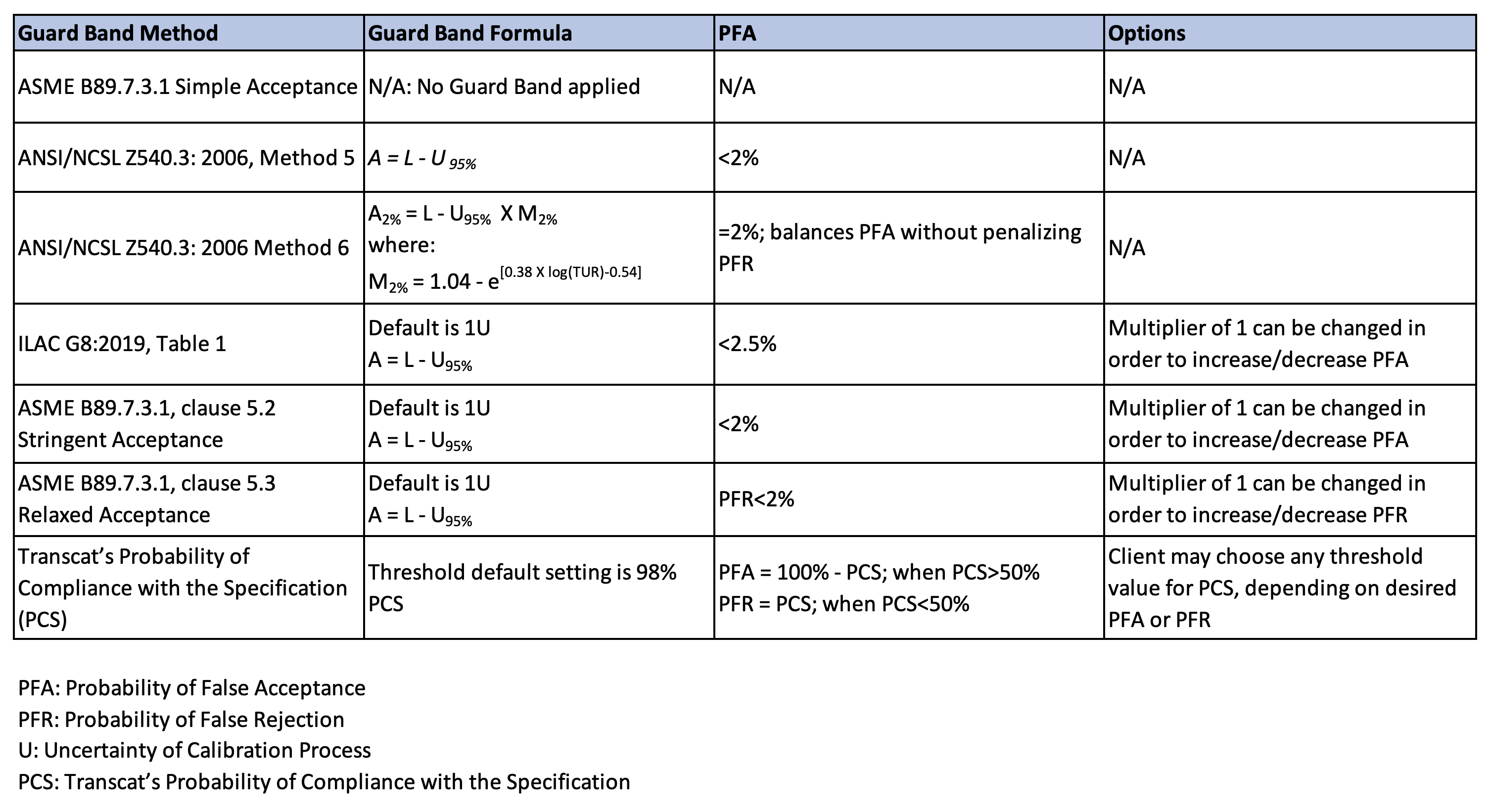My Cart
Subtotal:
Shipping and Tax will be calculated at checkout.
Convert Cart to Quote?
Are you sure you want to convert your shopping cart to a quote?
Checkout using your account
Checkout as a new customer
Creating an account has many benefits:
- See order and shipping status
- Track order history
- Check out faster







